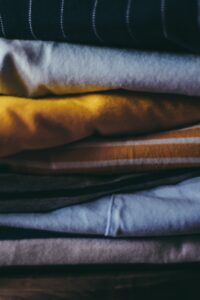Modal fabric is quickly growing into one of the most common fashion clothing materials on the market. A vast majority of modal fabric comes from the Austrian manufacturer Lenzing AG, though smaller manufacturers do exist in Europe, India, Pakistan, Japan, China, and the United States. You may recognize it by its Lenzing brand name, Tencel Modal or Lenzing Modal.
While Lenzing is a company based in Europe, it has manufacturing plants all over the globe. Some of Lenzing’s largest modal fabric centres are, for instance, in China.
This “miracle” material comes from the fine fibers of beech tree pulp. The beech tree usually requires about 20% less water than cotton plants, and its fibers create a soft, stretchy fabric. As a result, the fashion industry considers it more eco-friendly than cotton and touts it as the luxurious cousin to other semi-synthetic materials like rayon. You’ll find modal blends in everything from underwear and thermal layers to summer dresses.
What is Modal Fabric?
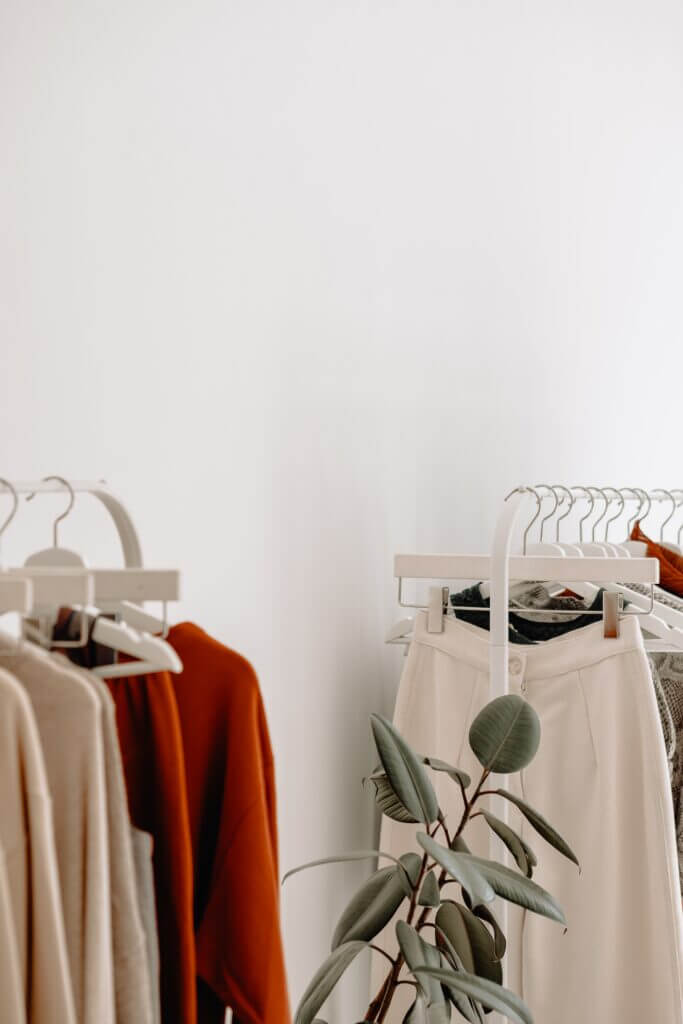
Modal fabric is a variant of rayon material created from beech tree cellulose, a bi-product from harvested wood pulp. Unlike traditional rayon viscose, modal uses fewer chemicals in its production. Technically, it is a semi-synthetic material because it requires using manmade chemicals to make the fabric. However, like other viscose products, its fibres create lightweight, flexible materials.
Because modal fabric has a silky texture and wicks 50% better than cotton, it’s usually used in clothing. Tech clothing brands like Patagonia and Columbia use it in their outwear, most often as a blend with spandex, wool, or cotton for added durability.
However, you can also find it in luxury goods like underwear, designer pyjamas, and bed sheets, thanks to its incredibly soft texture and hypoallergenic nature. Ultimately, the many benefits of modal and the complex production process make it more expensive than other viscose materials.
How is Modal Made? Production & Manufacturing Process
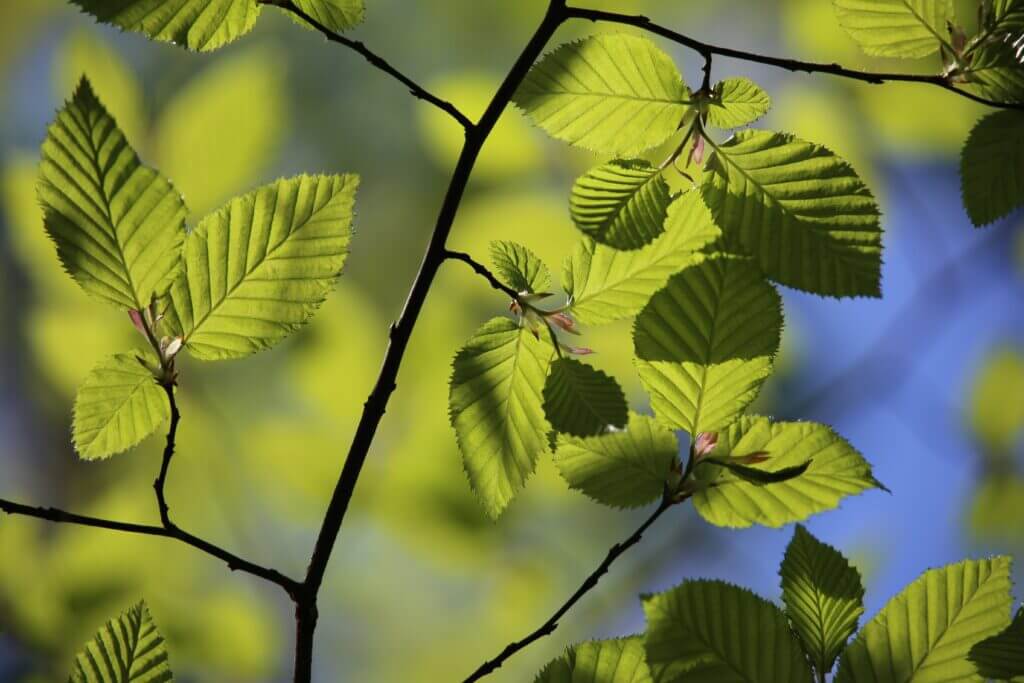
Modal materials had existed since the 1950s when it was first introduced in Japan. These days, most of the world’s modal materials come from a single company – Lenzing AG. The Austrian company has produced its version of the fabric since 1964.
Manufacturing
Most modal comes from Lenzing’s beech tree farms in Austria and other European countries. The process of creating modal begins with planting a beech tree. Once the tree reaches its desired maturity, manufacturers harvest and chip it down into pulp for cellulose extraction.
The overall creation of modal requires 10 to 20% less water than that of cotton material. Its manufacturing process uses manmade chemicals to create the soft material, which is why modal can’t be certified organic. However, because much of the industry uses sustainable forestry methods to produce modal, many fabric brands are approved by the Programme for the Endorsement of Forest Certification (PEFC).
Production
Once the wood has broken down into a pulp, the actual production of modal fibres begins. First, manufacturers use cellulose extraction to pull cellulose from the wood pulp. Machines then press into sheets before bathing in sodium hydroxide (also called caustic soda) and carbon disulfate.
The cellulose goes through several chemical soaking processes before machines force the product through a spinneret (a plate similar to a massive cheese grater or colander with tiny holes) to create thin fibres.
Those fibers receive an additional soak in sulfuric acid before manufacturers can spin them into yarn. Once the newly produced yarn has been washed, dyed, and dried, it is ready for weaving into fabric.
Key Considerations Of Modal’s Environmental Impact
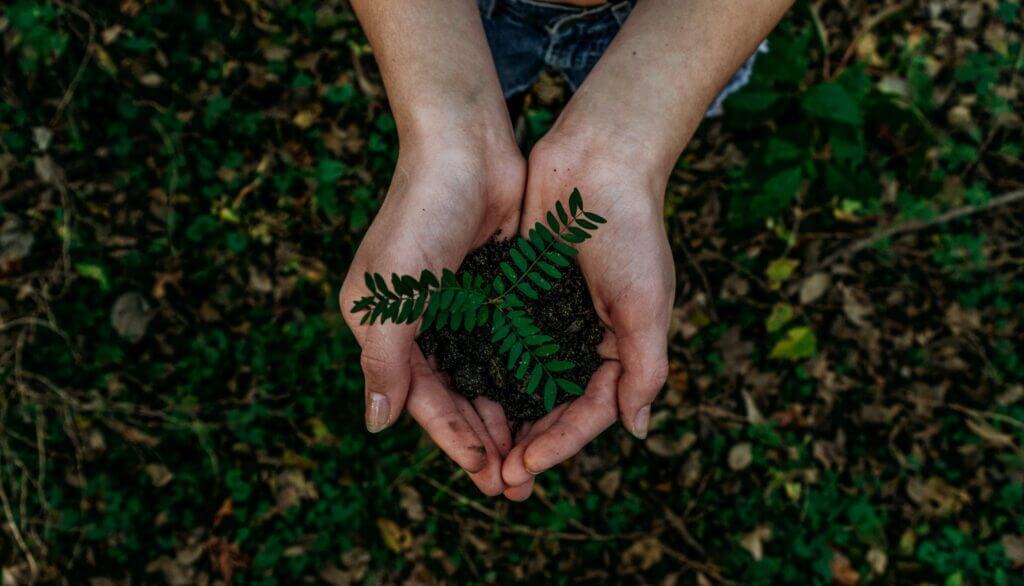
Part of modal’s popularity comes from its more eco-conscious production process and its bio-degradable properties. But it’s not an entirely green product. The fashion industry considers modal more environmentally friendly than cotton or other rayon fabrics. However, several steps in the production process reduce its overall eco-friendly value.
For example, using chemicals in the material’s production hurts the environment. According to the fabric manufacturing hub Sew Port, carbon disulfide used in modal production is a neurotoxin. The U.S. Center for Disease Control reports that it hurts organisms and can cause nerve and organ damage after prolonged exposure. Because of this, manufacturers have started using chemical scrubbers to reduce their environmental impact.
Additionally, the production of modal and other rayon materials can place a heavy toll on forests. Lenzing chooses to use sustainable practices by planting regenerative beech trees. However, not all manufacturers do the same. If the manufacturer does not follow PEFC practices, their production process may damage the environment.
Ultimately, the environmental impact of modal depends entirely on the manufacturer. However, it can be a relatively eco-friendly product, provided the manufacturer uses sustainable forestry practices and takes steps to reduce chemical and environmental damage.
What is the Difference Between Modal and Viscose?
Viscose is another plant-based material known for its softness and breathability. Like modal, viscose is technically a version of rayon. However, there are a few key differences between the two materials.
- Modal is stronger than viscose. Unlike viscose materials, modal retains its shape and strength after several washes. Viscose actually breaks down more and more every time it gets washed.
- Viscose production uses more chemicals. Because viscose manufacturers use more hydrogen sulfide in their production, it’s not as environmentally friendly.
- Modal is softer than viscose. Because modal receives extra processing during production, the material stays softer and smoother than viscose.
- Viscose rayon uses more tree sources than modal and can come from bamboo, pine, hemlock, or other hardwood trees.
What Is the Difference Between Modal and Lyocell?
Lyocell is another common rayon material often compared to modal. They both have a massive following in the luxury market because of their soft texture. The two can often get confused since lyocell also gets referred to as Tencel (not to be confused with Tencel Modal). But they definitely have some key differences.
- Lyocell is more eco-friendly and can actually be certified organic. Lyocell uses an organic and non-toxic process to refine the material. Lyocell producers like Lenzing recycle the water used in the refining process, making it more energy-efficient to produce.
- Lyocell can come from other types of trees. Many lyocell producers, including Lenzing, use beech trees for their material, but it’s not uncommon to see them use other trees.
- Lyocell costs more. Because lyocell uses organic processes, it does usually cost more than modal.
Care Guide: How Do You Care for Modal Clothes?
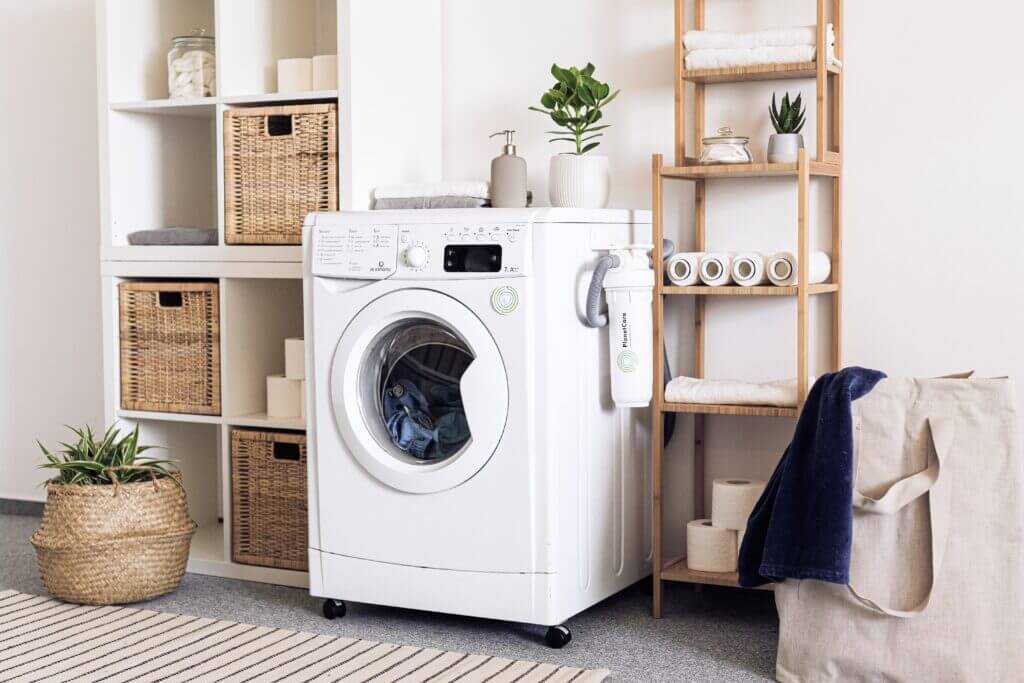
Modal clothing is an investment, and taking care of it properly will ensure they last longer. Remember that some clothing brands will provide specific steps to care for their products, so always check the label first. But, usually, you can follow these steps to wash clothing containing modal safely:
- Machine wash in cold water with similar colours. You don’t need to dry clean or handwash modal – unless you want to do so. If the clothes contain other materials (like spandex or cotton,) cold washing them will prevent colour bleed or fading.
- Avoid chlorine bleach, which can weaken the material. If you need to use bleach, use a chlorine-free brand. You can use your usual detergent without any damage.
- Don’t dry on high heat. Instead, stick to low or medium to avoid wrinkles. Hang up the clothing immediately after drying, or wrinkles can develop.
- If wrinkles develop, you can steam-iron the clothes on a medium-high setting to remove them.

